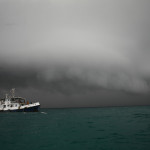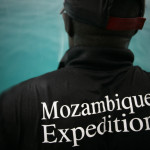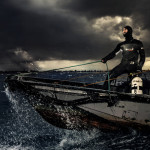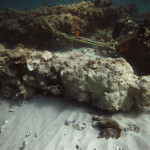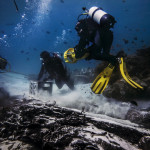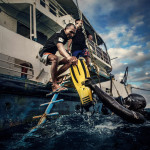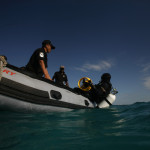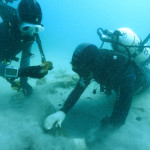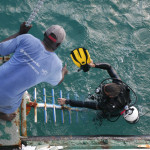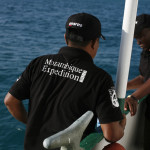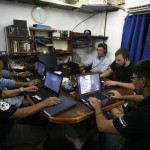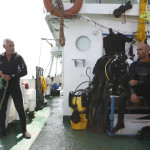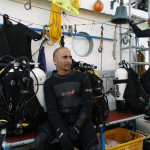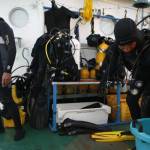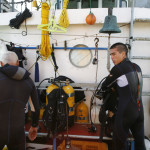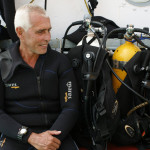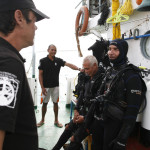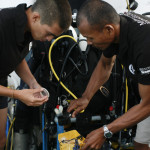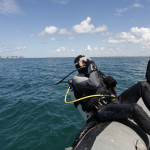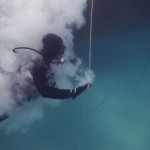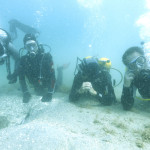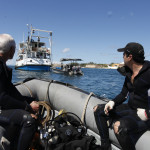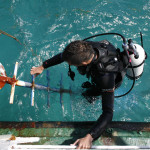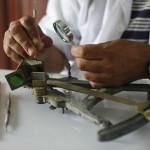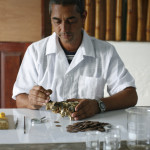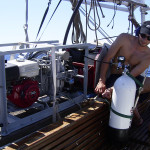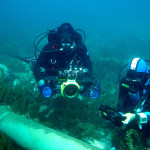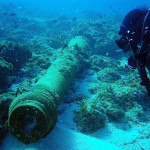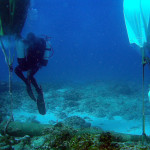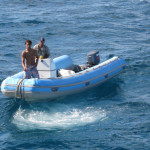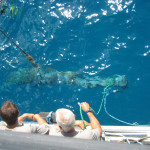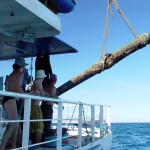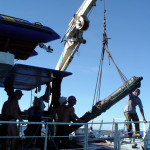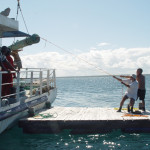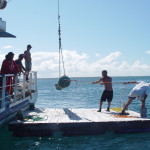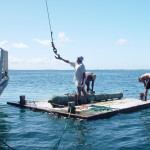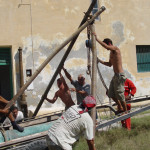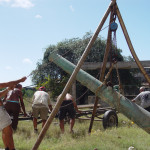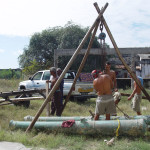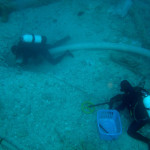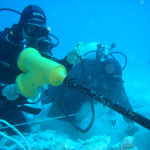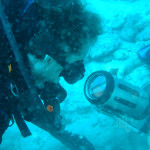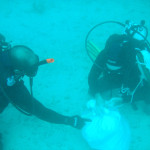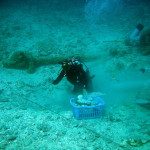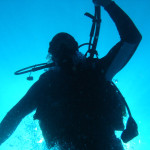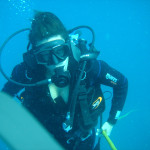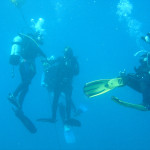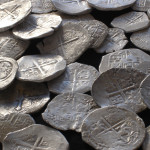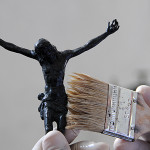In 1999, Arqueonautas Worldwide (AWW), in a consortium with the state controlled company (85%) Património Internacional, signed an exclusive concession agreement with the government of Mozambique in East Africa to develop underwater archaeological expeditions in the Nampula province.
With approximately 700 km of coastline and located in the Mozambique Channel, the Nampula province has an extremely important Underwater Cultural Heritage (UCH) resulting from two ancient maritime trade routes. The first and oldest of these trade routes saw Arab traders follow the East African coastline in their dhows, selling and buying products at the several trading posts on the coast. This monopoly lasted for centuries, until the arrival of the first European ships, a Portuguese fleet commanded by the famous navigator Vasco da Gama, on its way to India in 1498. That year marked the end of one era and the beginning of a new one which would last for almost five centuries. A new maritime route opened up between the major European ports in the Atlantic and India, spreading through Southeast Asia and beyond to the Far East, reaching the coast of Japan, the Empire of the Sun. The world changed and the seeds of globalisation were spread by these early European fleets.
The Island of Mozambique off the Nampula coast was an important trading post used by traditional Arab traders and as a stopover port on the itinerary of Vasco da Gama’s fleet. Soon after, the Portuguese established a permanent presence on the island. It was then named Mozambique, an adaptation of the Island’s original Arab name. The Spice Trade route grew in importance, as did the island’s strategic location. It became a supplying port and resting place for the heavily battered ships that arrived after crossing the Cape of Good Hope that made it the base for the last leg of their long and dangerous voyage to India. It was the capital of the Portuguese colonies and possessions in East Africa until the end of the 19th century. Its glorious past and magnificent historical buildings were recognised in 1995 with the classification of the Island of Mozambique as a World Heritage site by UNESCO.
In those days, many of the ships never made it to their destination and were lost along the coast of Nampula and around the Island of Mozambique. Important Cultural Heritage that had barely been studied, was left unprotected and gradually being taken by looters. In 2000, when AWW began its archaeological activities in Mozambique, two groups of foreign looters were known to be operating in the area. The first visible result of AWW’s presence was that the looters were made aware of the new situation and left the area. A small yet encouraging victory.
The initial objective of AWW’s archaeological work was to locate, map and document UCH sites off the province of Nampula and elaborate the respective Marine Archaeological Chart. To achieve this, extensive remote sensing surveys were carried out during the following 13 years and, as a result, 45 historical wreck sites were found and assessed. Five of these sites were excavated and an important collection of artefacts recovered. These included the important Ming porcelain collection from the Jianjing period excavated from the wreck site of the Espadarte (1558) and on display at the Marine Museum at the Island of Mozambique, the numismatic collection of the São José (1622), from the fleet that carried the Viceroy of India Francisco da Gama, Vasco da Gama’s great grandson, on its way to India, and the collection of 309 artefacts from the Nossa Senhora da Consolação (1608) which sunk during the second Dutch siege to the Island of Mozambique. This unique wreck proved to have one of the largest wood hull structures ever found of one of the mythical naus of the Spices Trade route.
A conservation centre was installed in a building belonging to the Capitania (the captaincy building) which was rehabilitated by AWW. Several workshops and training initiatives were held here, attended by technicians and conservators from GACIM (the local planning authority) and students from local schools. AWW also sponsored the rehabilitation of the local Marine Museum and built new displays to house the artefacts recovered during the archaeological excavations. Fifteen archaeological reports and papers as well as two scientific books have been published to date and others are to be published by the Arqueonautas Foundation which has taken responsibility for all AWW publications in a repository agreement.
During these 14 years, AWW has interacted extensively with the local community, promoting several social responsibility initiatives and cooperating in others organised by local NGO’s. Regular lectures were presented at the two local schools to build awareness among the students on Cultural Heritage and why it’s so important for the community to help protect and preserve it. Working in Mozambique has been a constant challenge and AWW has learned that the only way to guarantee any efficient and sustainable UCH protection must be through direct involvement and engagement with local communities.

